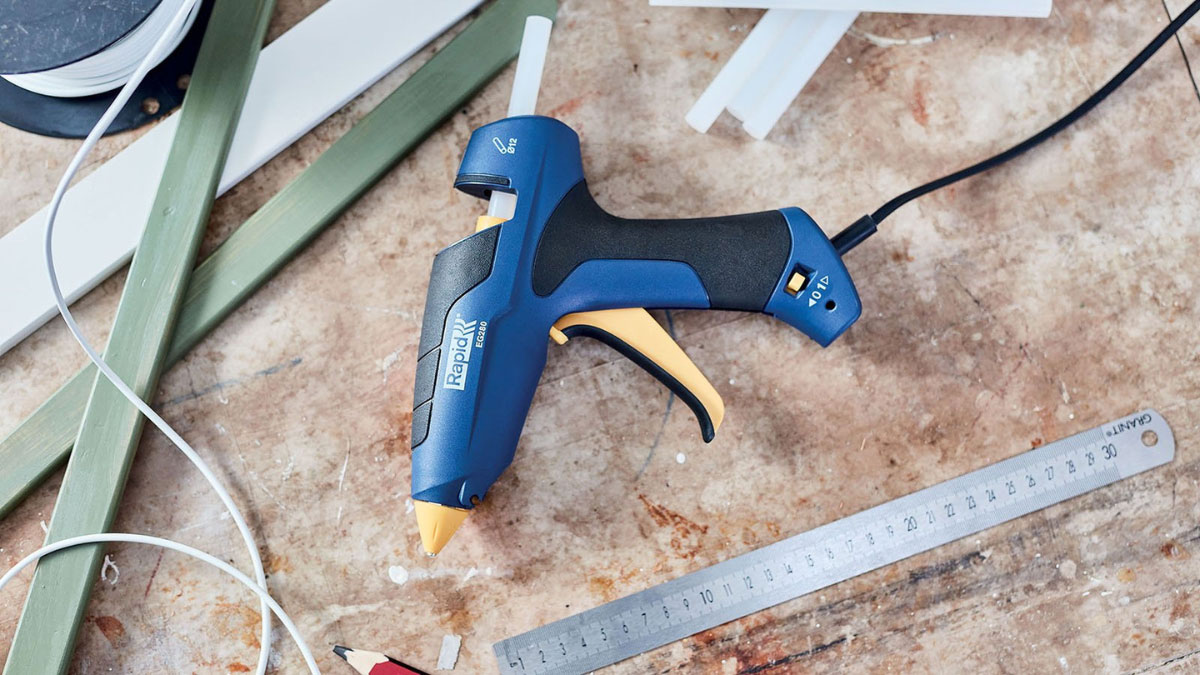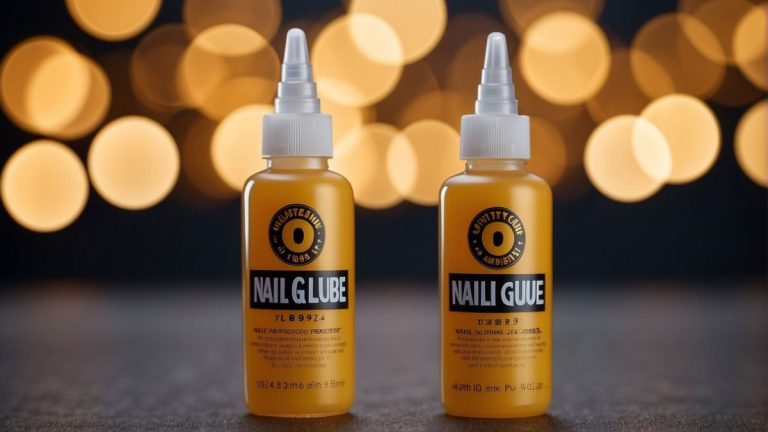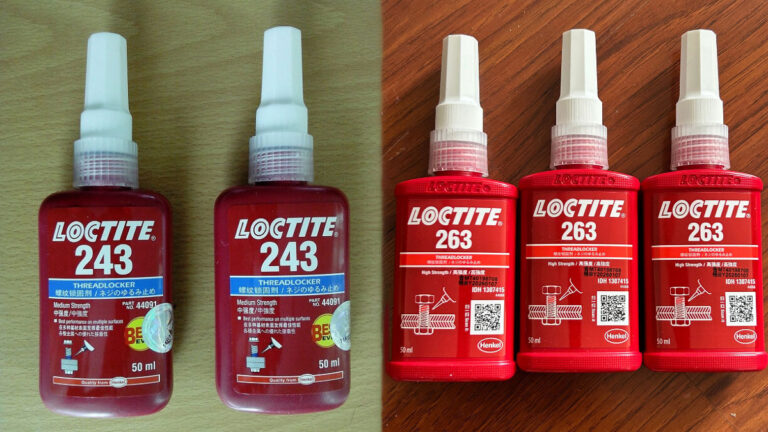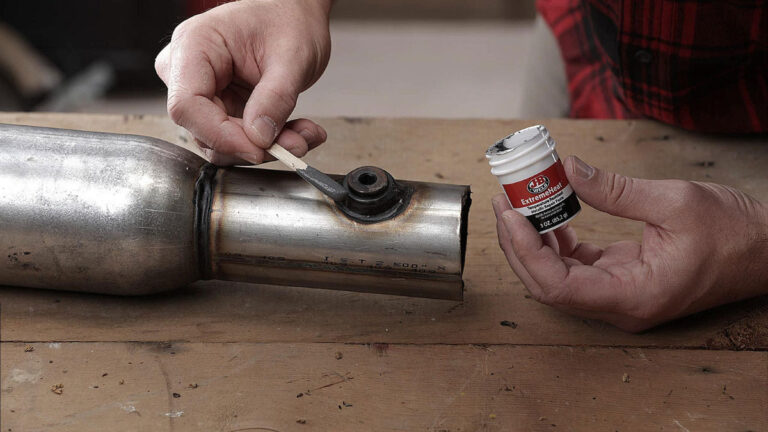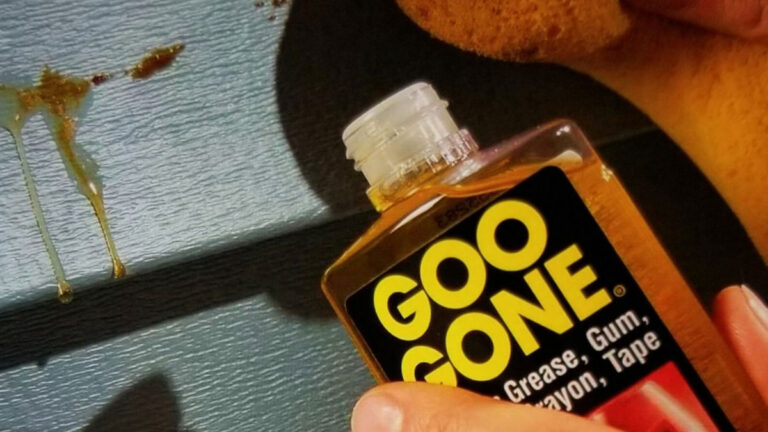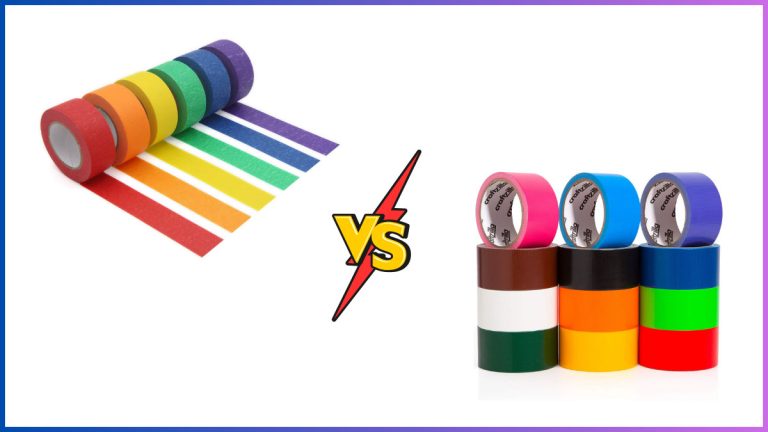How Strong Is Hot Glue: Exploring Its Bonding Power and Uses
Ever wondered just how strong hot glue really is? Whether you’re a DIY enthusiast or a professional crafter, understanding the strength and versatility of this adhesive can make all the difference in your projects. Hot glue isn’t just for quick fixes; it’s a powerhouse in the crafting world.
From bonding fabric to metal, hot glue offers impressive strength and flexibility. But how does it hold up under pressure? In this text, we’ll jump into the specifics of hot glue’s capabilities, helping you make informed decisions for your next project.
Key Takeaways
- Versatile Bonding: Hot glue can bond a variety of materials, including wood, fabric, metal, plastic, and ceramics, making it a flexible choice for many projects.
- Strength and Durability: Depending on surface preparation and type of glue used, hot glue can achieve significant shear and tensile strength, comparable to other strong adhesives like Titebond and epoxy resin.
- Temperature Considerations: The effectiveness of hot glue is influenced by the temperature at which it’s applied. High-temperature glues provide stronger bonds for heavy-duty tasks, while low-temperature glues are better for delicate materials.
- Proper Application Techniques: Ensuring surfaces are clean, rough, and applying glue uniformly while maintaining pressure ensures stronger bonds. Avoiding common mistakes like incorrect temperature and poor surface preparation is crucial.
- Wide Range of Uses: Hot glue is ideal for DIY projects, home repairs, prototyping, electrical insulation, and decorative art, proving its utility beyond simple fixes.
Understanding Hot Glue
Hot glue, often referred to as hot melt adhesive, is a versatile tool used in various DIY and professional projects due to its strong bonding capabilities.
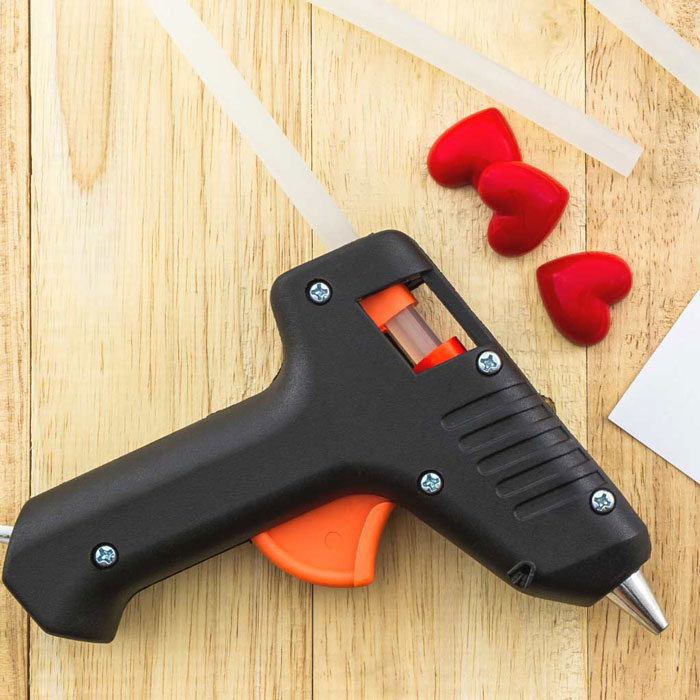
What Is Hot Glue?
Hot glue is a type of thermoplastic adhesive that becomes moldable and sticky when heated, then solidifies upon cooling. It comprises:
- Thermoplastic Polymers: Provide the core adhesive properties and flexibility.
- Wax: Lowers the melting point and improves flow.
- Tackifiers: Enhance the stickiness and adherence to surfaces.
- Mobilizers: Aid in better spreading and manipulation of the glue when melted.
- Melting and Application:
- Glue Gun: Heats the glue between 356°F and 392°F for proper application.
- Application: Once melted, the glue is applied in a molten state to the surfaces you want to bond.
- Cooling and Solidification:
- Rapid Cooling: As the glue cools, usually taking around 20-30 seconds, it solidifies.
- Strong Bond: The rapid phase change from liquid to solid ensures a strong, durable bond between the materials.
Understanding these properties and processes helps you use hot glue more effectively in your projects.
Measuring Strength Of Hot Glue
Understanding the strength of hot glue is crucial whether you’re a DIY enthusiast or a professional crafter. This section delves into the specific measures of hot glue’s strength and the factors that affect it.
Shear Strength
Hot glue can exhibit significant shear strength. Under optimal conditions, it can achieve shear strength comparable to other strong adhesives. For example, a test by Project Farm showed that hot glue can achieve over 1,000 pounds of shear strength on wood, rivaling adhesives like Titebond Original.
Tensile Strength
The tensile strength of hot glue varies with surface preparation and glue type. Studies on adhesive joints in steel show that treatments like turning, sandblasting, and plasma treatment can significantly enhance tensile strength. Such preparations ensure better adhesive bonding to the surface.
Factors Affecting Strength
Surface Preparation:
- Roughness: Roughening the surface increases the adhesive’s degree of infiltration, enhancing bond strength.
- Treatments: Methods like sandblasting and plasma treatment can improve bonding.
Hot Glue Strength Vs. Other Adhesives
Comparing hot glue to other adhesives highlights its versatility and strength.
| Adhesive Type | Average Shear Strength | Optimal Uses |
|---|---|---|
| Hot Glue | 1,000 pounds (wood) | DIY projects, quick fixes, crafting |
| Titebond Original | Comparable to hot glue | Woodworking, carpentry |
| Epoxy Resin | 2,000–4,000 pounds | Heavy-duty repairs, construction |
In many scenarios, hot glue provides an effective bonding solution, especially when surface preparation is optimized. Understanding these aspects will help you maximize the adhesive’s strength in your projects.
Materials And Applications
Hot glue’s versatility makes it ideal for a range of materials and unique applications. Understanding these uses helps you maximize the adhesive’s potential.
Common Materials Used With Hot Glue
Hot glue works effectively on different materials. Here are some commonly used ones:
- Wood: Ideal for wood-to-wood joints; achieves high shear strength, rivaling traditional wood glues.
- Fabric: Bonds fabric effectively, useful for quick repairs and crafts.
- Metal: Adheres well to metals if surfaces are treated to enhance bonding.
- Plastics: Suitable for many plastic types; ensure surfaces are clean and slightly rough.
- Ceramics: Common in repairs or decorative crafts, where a strong bond is needed.
- DIY Projects: Perfect for crafting projects like making wreaths, jewelry, or homemade decorations.
- Home Repairs: Useful for quick fixes around the house, such as reattaching kitchen hooks or fixing broken gadgets.
- Prototyping: Ideal for creating prototypes; allows for quick adjustments and easy dismantling when changes are required.
- Electrical Insulation: Acts as an insulator for electrical components, protecting against short circuits.
- Decorative Art: Used in creating 3D art and texturing surfaces in mixed media artworks.
Temperature Considerations
The temperature at which you apply and cool hot glue significantly impacts its strength and usability. Understanding the differences between high-temperature and low-temperature glue sticks helps you select the appropriate type for your projects.
High Temperature vs Low Temperature Glue Sticks
High Temperature Glue Sticks:
- Operating Temperature: 380-400°F (193-204°C)
- Applications: Heavy-duty tasks, woodwork, and metal bonding
- Bond Characteristics: Stronger bonds due to higher viscosity and better flow
Example: Use high-temperature glue for construction-grade materials like wood or metal. Tests show over 1,000 pounds shear strength on wood, comparable to Titebond wood glue (Project Farm).
Low Temperature Glue Sticks:
- Operating Temperature: 250-300°F (121-149°C)
- Applications: Delicate tasks, foam, and thin fabrics
- Bond Characteristics: Suitable for heat-sensitive materials, less strong bonds
Example: Use low-temperature glue on delicate fabrics to avoid damage from heat.
Effects of Temperature on Glue Strength
Temperature variations during application and cooling affect the bond quality of hot glue.
High Temperature Glue Application Effects:
- Strength: Provides better adhesion due to deeper penetration and higher bond viscosity.
- Usage: Ideal for demanding materials; benefits include enhanced strength and durability.
- Strength: Offers adequate strength for delicate materials but isn’t ideal for heavy loads.
- Usage: Preferred for temperature-sensitive items like thin plastic or decorative pieces.
| Glue Type | Operating Temp | Best Use Cases | Shear Strength (Wood) |
|---|---|---|---|
| High Temp | 380-400°F | Wood, Metal | Over 1,000 lbs |
| Low Temp | 250-300°F | Thin Fabrics, Foam | Lower than high temp |
Understanding these factors helps you maximize hot glue’s potential.
Tips For Optimal Use
Achieving the best results with hot glue involves ensuring the proper application techniques and avoiding common pitfalls. Here’s how to optimize your use of hot glue for strong, durable bonds.
Tips For Stronger Bonds
Surface Preparation
- Surface Roughness: Improve the bonding strength by enhancing the surface roughness of the materials. This helps the adhesive to infiltrate better.
- Cleanliness: Ensure surfaces are clean, dry, and free from oils or dust. Use a degreasing solution if needed.
- Temperature Awareness: Use hot glue at the right temperature specific to your glue stick type (high or low temperature) to achieve maximum bonding strength.
Applying Glue
- Pre-heating: Let the hot glue gun fully preheat. This ensures the glue flows properly and adheres well.
- Uniform Application: Spread the glue uniformly across the bonding surface to avoid weak spots.
- Pressure Application: Apply pressure when joining surfaces to ensure a tight bond. Hold for a few seconds until the glue starts setting.
Common Mistakes To Avoid
Incorrect Temperature
- Temperature Mismatches: Using high-temperature glue sticks on delicate materials can damage them. Conversely, low-temperature sticks on heavy-duty materials result in weak bonds.
Inadequate Surface Prep
- Dirty Surfaces: Bonding on surfaces with contaminants like oil or dust reduces adhesion strength.
- Smooth Surfaces: Failing to roughen the bonding surfaces can hinder glue infiltration and bonding.
Poor Glue Application
- Inconsistent Application: Inconsistent glue application can create weak points. Ensure even distribution.
- Insufficient Pressure: Not applying enough pressure or not holding long enough can lead to a bond that’s weak.
Data Table for Adhesion Strength
To provide a clearer picture, here’s a table summarizing the adhesion strength of hot glue based on various materials and preparations.
| Material | Surface Condition | Adhesion Strength |
|---|---|---|
| Wood | Sanded (surface roughness) | > 1,000 lbs |
| Steel | Sandblasted | 6.8 MPa |
| Plastic | Plasma-treated | Enhanced |
| Fabric | Clean and dry | Standard |
Key Terms
Shear Strength
The stress required to slide one layer of material over another. Hot glue exhibits shear strengths exceeding 1,000 pounds on wood.
Adhesive Properties
How well an adhesive sticks to the materials it’s bonding. Advanced hot glue formulations can have high adhesion strengths, like 6.8 MPa for certain metals.
Following these tips and avoiding common mistakes will help you maximize the performance of hot glue in your projects, ensuring longer-lasting and stronger bonds.
Conclusion
Hot glue stands out as a versatile and powerful adhesive suitable for a wide range of applications. Whether you’re a DIY enthusiast or a professional crafter, understanding its strengths and proper application techniques can significantly enhance your projects. By optimizing surface preparation and selecting the right glue stick temperature, you can achieve strong, durable bonds on various materials. Remember to follow best practices, avoid common pitfalls, and leverage hot glue’s full potential to ensure your projects are both effective and long-lasting.
Frequently Asked Questions
What types of materials can hot glue bond effectively?
Hot glue can bond a variety of materials including wood, fabric, metal, plastics, and ceramics. Its versatility makes it suitable for numerous applications such as DIY projects, home repairs, prototyping, electrical insulation, and decorative arts.
How strong is hot glue?
Hot glue is very strong, with shear strength that can exceed 1,000 pounds on wood under optimal conditions. Its tensile strength varies by surface preparation, but it can rival other strong adhesives like Titebond Original when used correctly.
What are the components of hot glue?
Hot glue is a thermoplastic adhesive made from polymers, wax, tackifiers, and mobilizers. These ingredients combine to create a strong, versatile adhesive that melts and becomes pliable when heated.
How long does hot glue take to dry and solidify?
Hot glue typically cools and solidifies within 20-30 seconds after application. During this short cooling period, it forms a durable and strong bond with the surfaces being adhered.
What is the operating temperature for hot glue application?
High-temperature glue sticks operate between 380-400°F and are ideal for heavy-duty tasks. Low-temperature glue sticks operate between 250-300°F and are better suited for delicate materials.
What factors influence the strength of hot glue bonds?
Surface preparation significantly affects hot glue strength. Enhancing surface roughness, ensuring surfaces are clean and dry, and applying proper pressure during bonding are crucial. The correct application temperature also plays a vital role.
How does hot glue compare to other adhesives?
Hot glue is highly effective and versatile, especially when surface preparation is optimized. It can achieve strong bonds comparable to other adhesives like epoxy resins and specialized plastic glues, depending on the material and conditions.
What are some common mistakes to avoid when using hot glue?
Common mistakes include using incorrect temperatures, inadequate surface preparation, and poor glue application. Best practices include pre-heating the glue gun, applying glue uniformly, and maintaining pressure during bonding.
Can hot glue be used for electrical insulation?
Yes, hot glue can be used for electrical insulation. Its insulating properties make it useful for securing and protecting electrical components in various DIY and professional projects.
What is the difference between high-temperature and low-temperature glue sticks?
High-temperature glue sticks are suitable for heavy-duty tasks and provide stronger bonds, operating at 380-400°F. Low-temperature glue sticks are better for delicate materials and operate at 250-300°F.

